Caravaggio Biography (1571-1610)
Get a Caravaggio Certificate of Authenticity for your painting (COA) for your Caravaggio drawing.
For all your Caravaggio artworks you need a Certificate of Authenticity (COA) in order to sell, to insure or to donate for a tax deduction.
Getting a Caravaggio Certificate of Authenticity (COA) is easy. Just send us photos and dimensions and tell us what you know about the origin or history of your Caravaggio painting or drawing.
If you want to sell your Caravaggio painting or drawing use our selling services. We offer Caravaggio selling help, selling advice, private treaty sales and full brokerage.
We have been authenticating Caravaggio and issuing certificates of authenticity since 2002. We are recognized Caravaggio experts and Caravaggio certified appraisers. We issue COAs and appraisals for all Caravaggio artworks.
Our Caravaggio paintings and drawings authentications are accepted and respected worldwide.
Each COA is backed by in-depth research and analysis authentication reports.
The Caravaggio certificates of authenticity we issue are based on solid, reliable and fully referenced art investigations, authentication research, analytical work and forensic studies.
We are available to examine your Caravaggio painting or drawing anywhere in the world.
You will generally receive your certificates of authenticity and authentication report within two weeks. Some complicated cases with difficult to research Caravaggio paintings or drawings take longer.
Our clients include Caravaggio collectors, investors, tax authorities, insurance adjusters, appraisers, valuers, auctioneers, Federal agencies and many law firms.
We perform (Michelangelo Merisi) Caravaggio art authentication, appraisal, certificates of authenticity (COA), analysis, research, scientific tests, full art authentications. We will help you sell your (Michelangelo Merisi) Caravaggio or we will sell it for you.
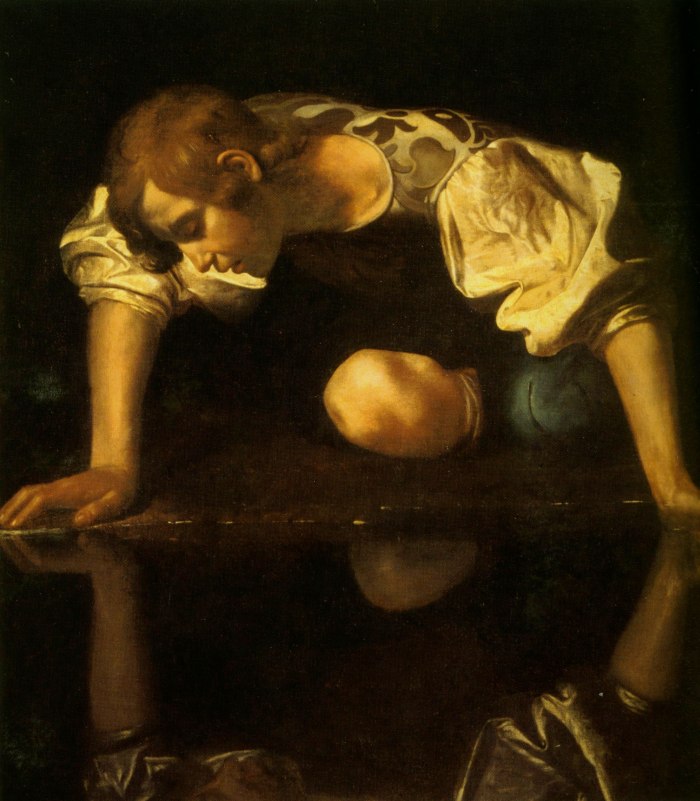
Born in 1571, Michelangelo Merisi, later called Caravaggio, was born in either Milan or a town called Caravaggio near Milan. He was he son of a ducal architect. He began training in art at the young age of 13 and continued training until he turned 17.
In 1592, Caravaggio left home for Rome. He arrived penniless. He received recognition because of his association with Giuseppe Cesare d’Aprpno, a painter and art dealer. Via the art business, Caravaggio met patrons who gave him commissions of paintings, the first of which was for the Contarelli Chapel. Caravaggio was so successful in the endeavor that he was later flooded with commissions for other projects.
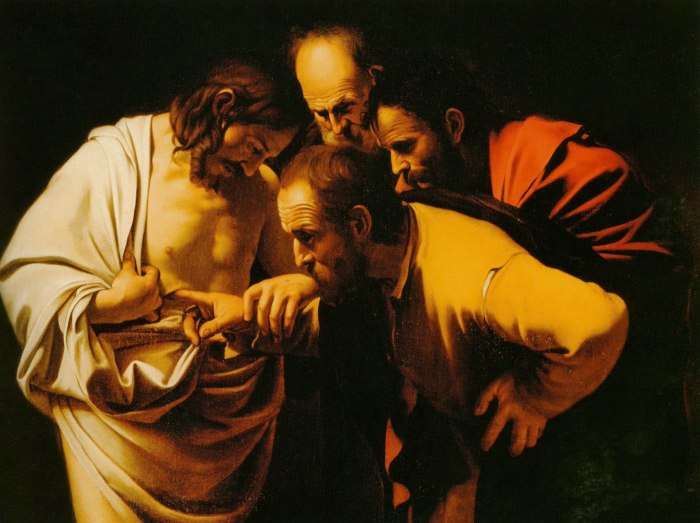
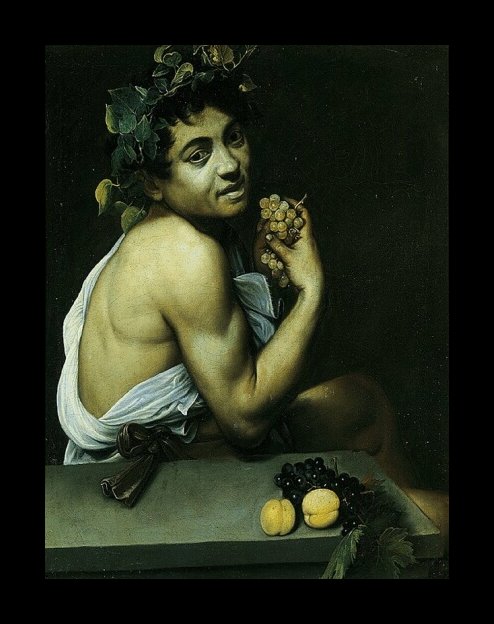
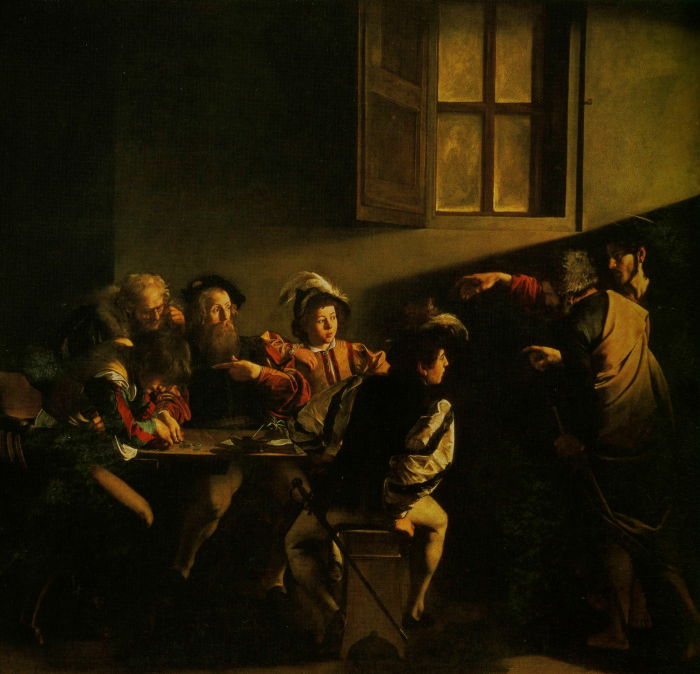
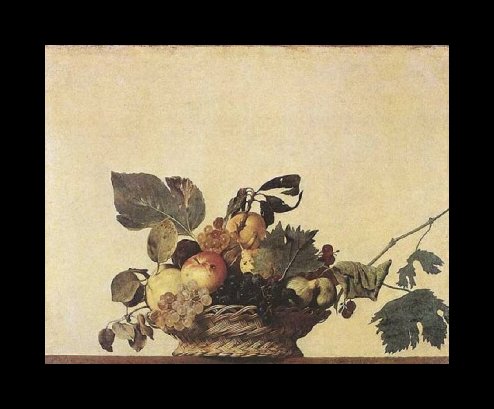
During this time, he also achieved some recognition by painting small genre pictures. He also began painting religious figures, but those creations were often rejected. He chose to portray saints and Biblical figures as peasants. He portrayed them with dirty feet, in humble settings. In fact, it is rumored that he used a drowned prostitute as a model for the dead Virgin.
Although Caravaggio became well-known for his art, he also received recognition for his hostile temper. The fact that he could easily give in to outburst made him constantly in trouble with the law. Police records are littered with trails of his arrests for such crimes as assault. In 1606 he had to flee town because of involvement with murder over a bet in a tennis game.
While traveling to escape possible imprisonment, Caravaggio painted many religious themed masterpieces. Although these are all centered on Biblical images, they are not hopeful or celebratory. In fact, almost all of them emphasize death, pain, sadness, or tribulation.
In Malta, the Knights of St. John gave him refuge. He created several portraits of the Grand Master, Alof de Wignacourt during this time. His painting was, however, interrupted by an angry quarrel that led to his imprisonment. When freed, he was again on the run.
In Syracuse and Messina, he created some of his later works such as The Raising of Lazarus. He traveled on to Naples where news reached him that the Pope had given him Pardon. He was arrested again, however, and then released before being able to get on a ship to return home. The ship already held all of his belongings. He was then struck by a fever, and he died before ever making it home to Rome.

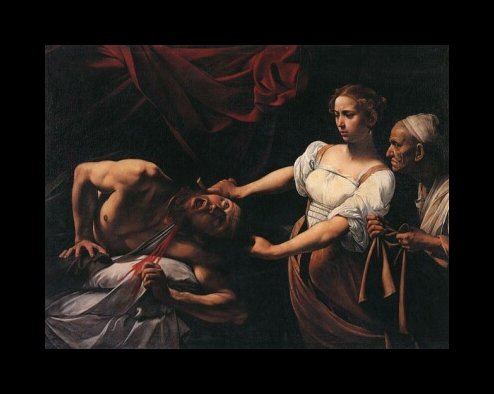
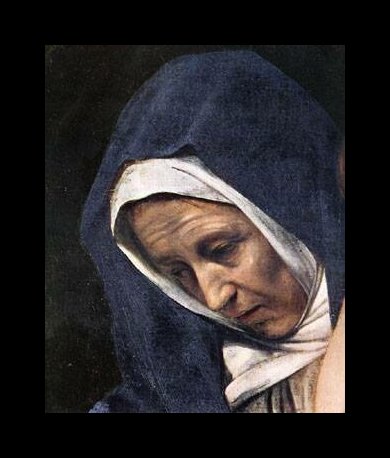
There are no known existing drawings by Caravaggio since he worked directly on the canvas. The fact that his studio was dimly lit is evident in his work. His works usually focus attention on isolated, illuminated figures. Virtually all of his creations have dark backgrounds penetrated by a specific light source that points toward the focal point of the scene.
Although he died at the young age of 39, his impact on the art world was profound. His idea that reality was of central importance paved the way for other artist to follow in his footsteps.
Caravaggio Discoveries
A painting sold at auction for about $100,000 in 2001 could be worth millions after experts authenticated it as a work by Italian master Caravaggio.
Apollo the Luteplayer had been sold at Sotheby’s in New York in 2001, where the catalogue listed it as the possible work of 17th Century artist Carlo Magnone.
It was thought to be a copy of a Caravaggio painting that hangs in the Metropolitan Museum of Art in New York, and a similar version of the same painting in Russia’s Hermitage Museum.
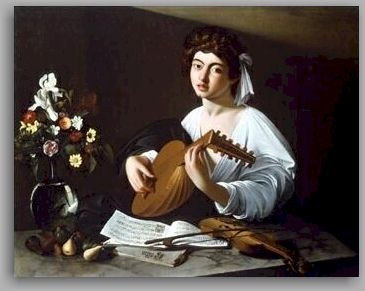
But a 17th Century description of a Caravaggio painting by biographer Giovanni Baglione corresponds exactly with Apollo the Luteplayer.
After it was cleaned and x-rays were taken, changes and corrections became visible and they suggest it is an original rather than a copy.
Various adjustments, such as to the profile of the boy’s hands, had been made and there were incisions that are characteristic of Caravaggio.
This would not have been done if it was a copy.
It is now believed that the painting is an original, with the Hermitage piece being a second original.
Sir Denis Mahon who is an expert on 16th and 17th century Italian art originally said the painting was not by Caravaggio, but changed his mind after it was cleaned.
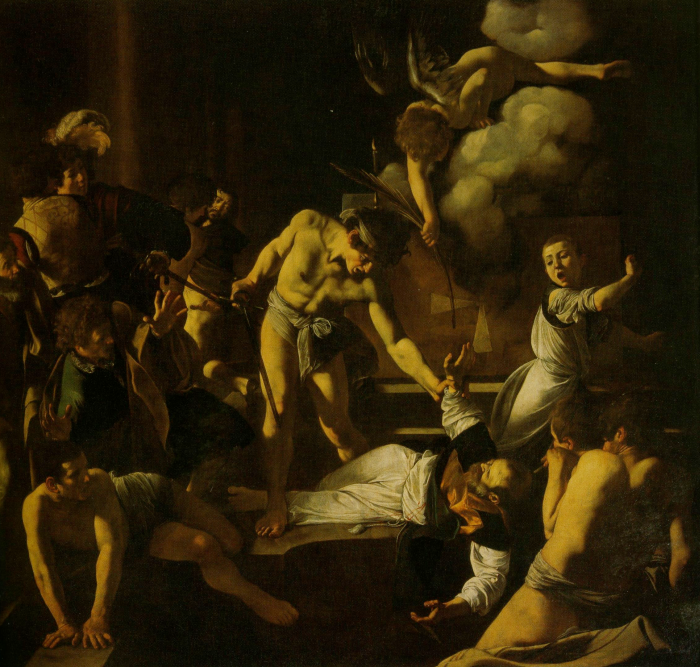
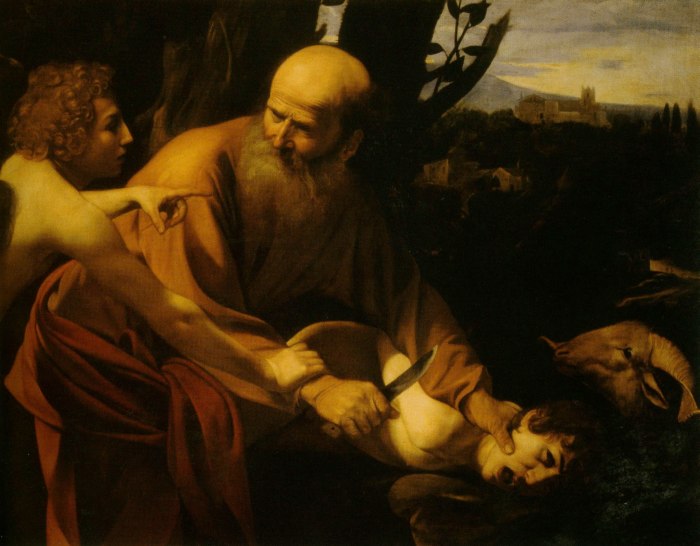
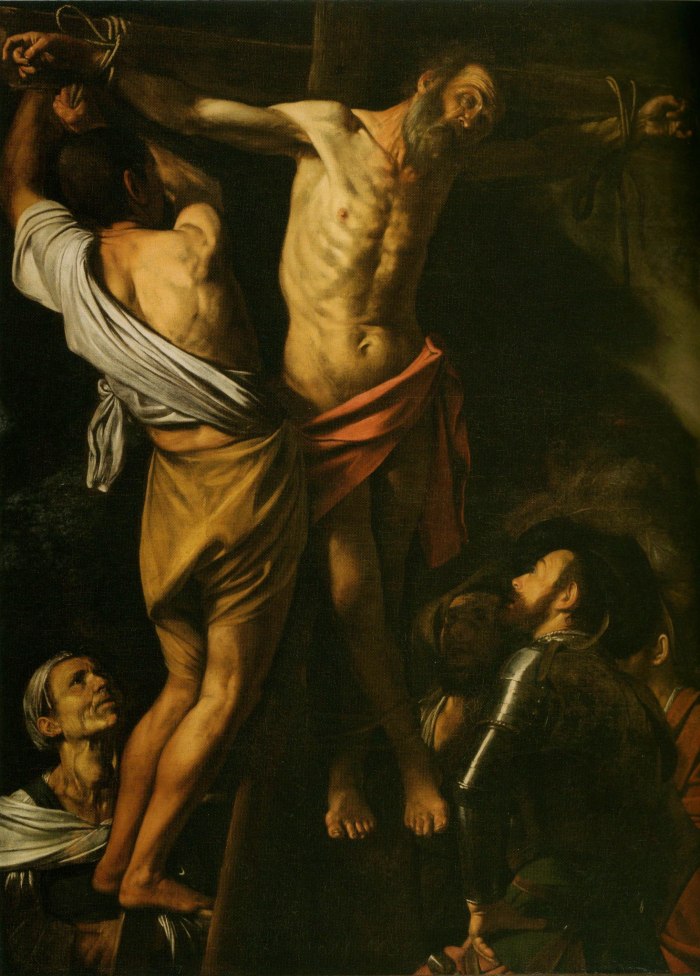

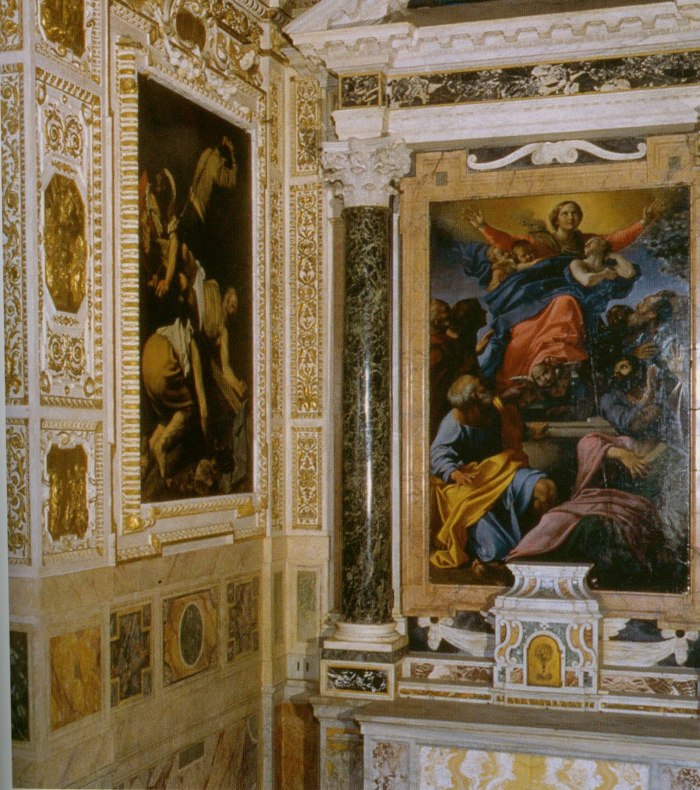
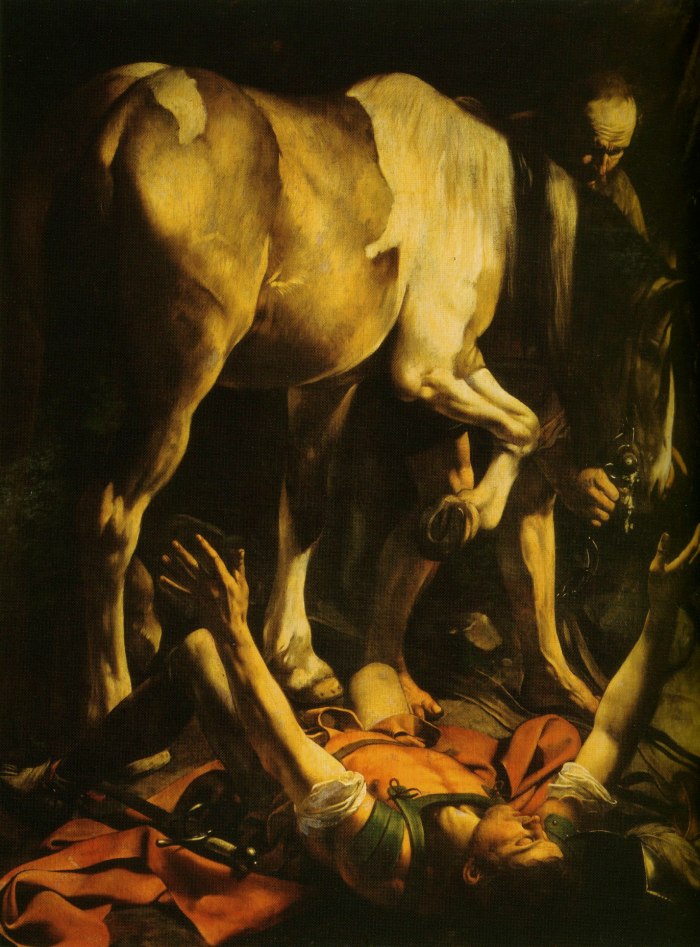
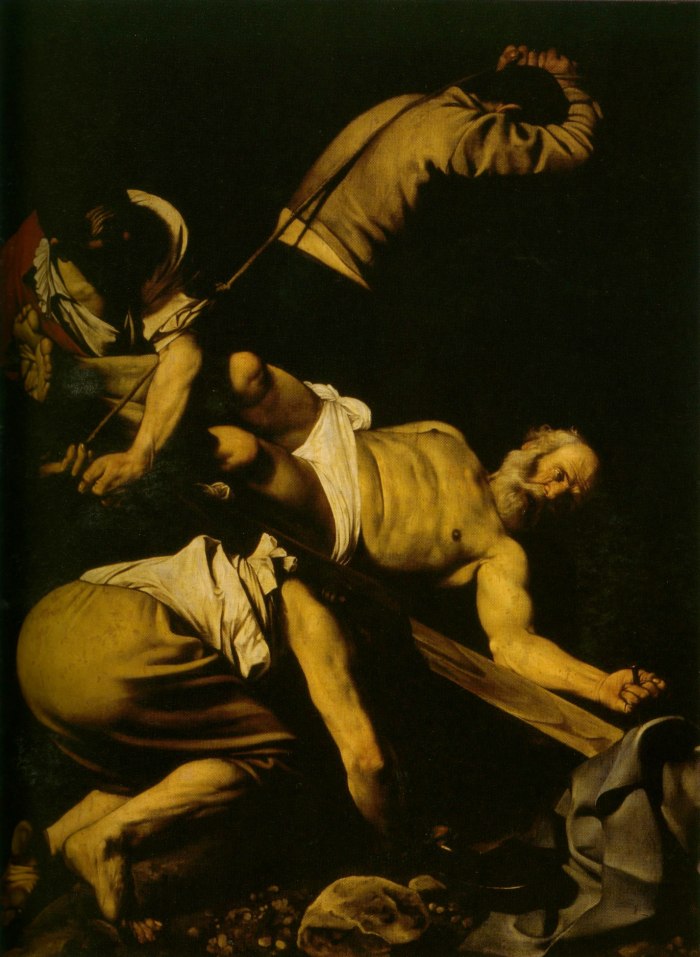
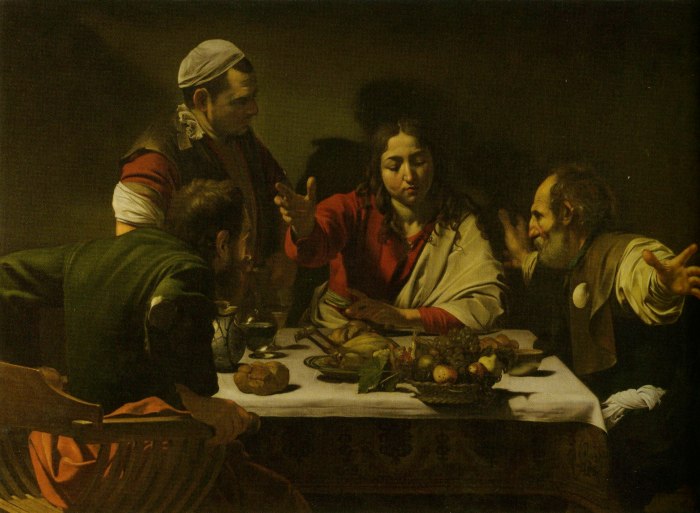
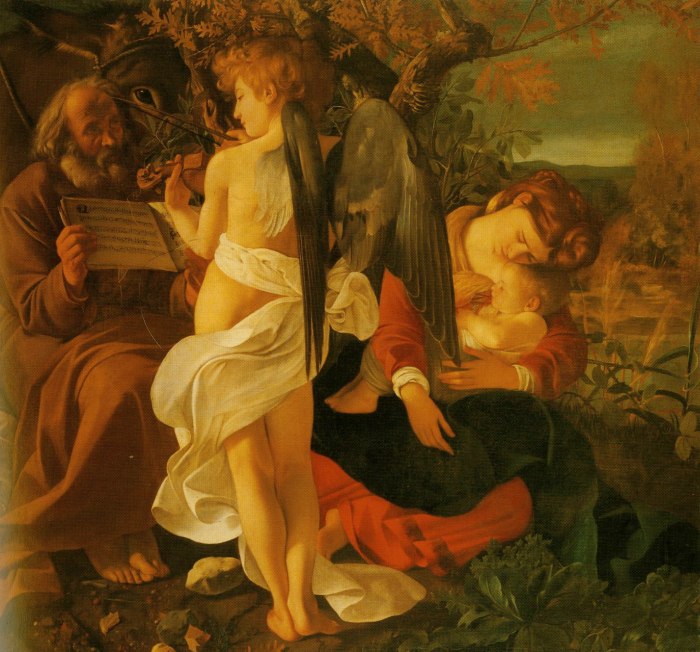
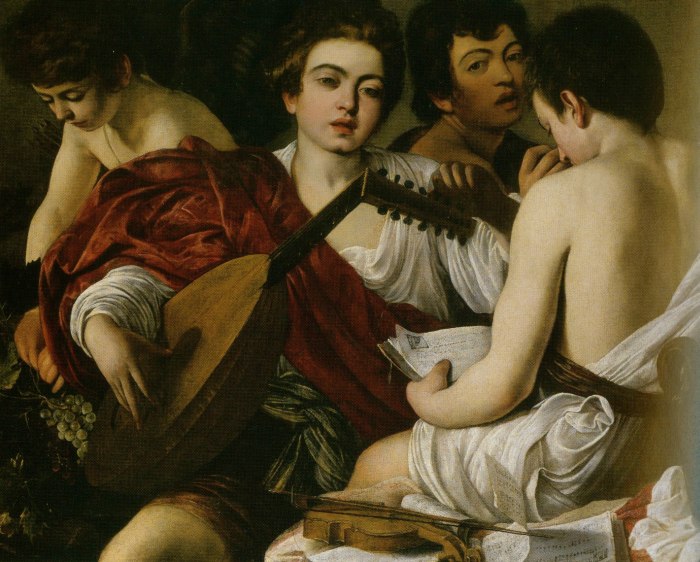

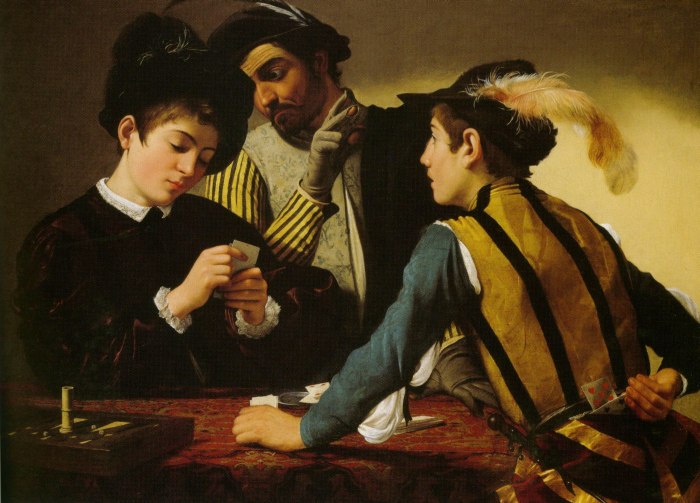


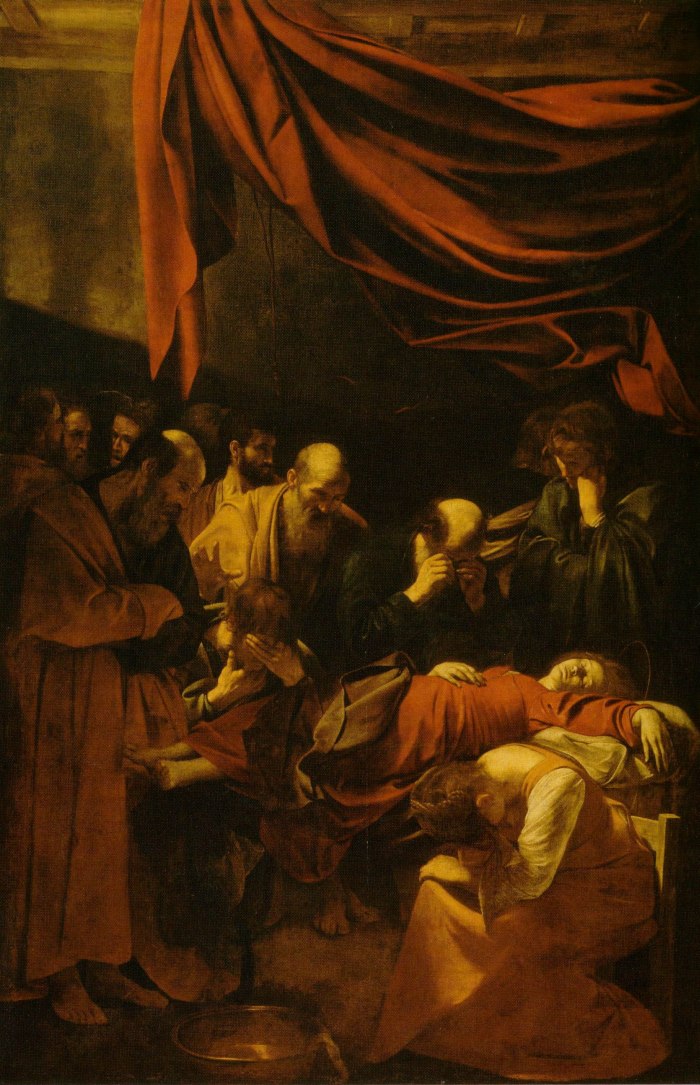
Still wondering about an Italian painting in your family collection? Contact us…it could be by (Michelangelo Merisi) Caravaggio.
Reviews
1,217 global ratings
5 Star
4 Star
3 Star
2 Star
1 Star
Your evaluation is very important to us. Thank you.
